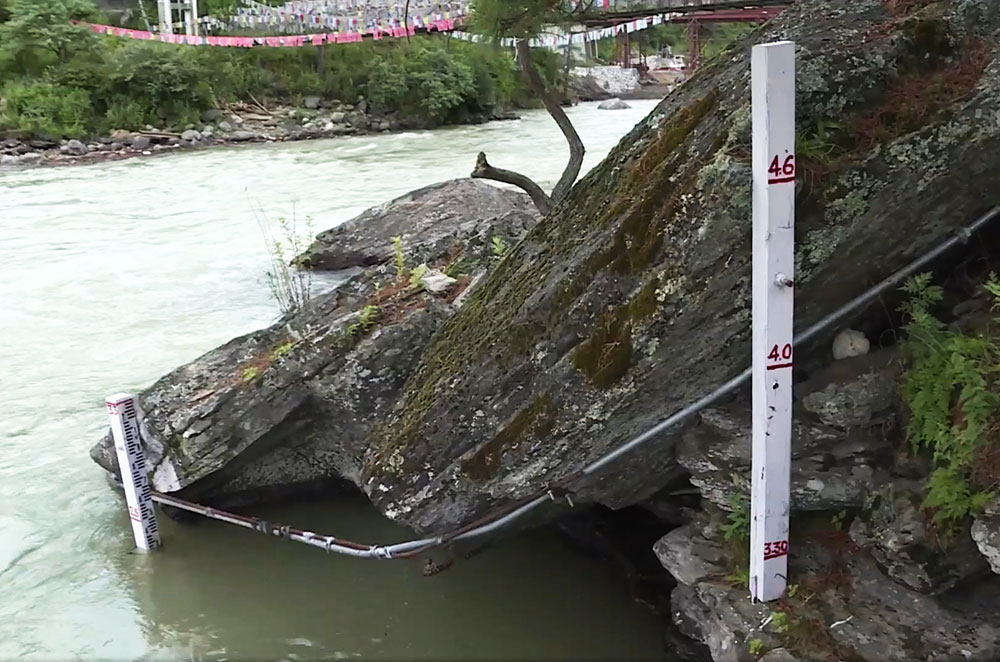… could witness the mercury rise by 3.5 degrees by the end of the century
YK Poudel
Temperature projections show that by the end of the century, Bhutan could witness a rise in temperature by 3.2 degrees – especially in the highlands triggered by greenhouse gas (GHG) emissions and economic development.
This was highlighted during the first-ever “Bhutan Climate Roundtable” that was held in Thimphu last week.
Hydrology and Water Services Division’s chief, Tayba Buddha Tamang said that the temperature projections are associated with RCP 8.5 which represents higher GHG emissions.
“The projections may vary depending on the effectiveness of mitigation measures, population growth, socioeconomic development, and GHG emissions,” he said.
“There is an increasing temperature trend for Bhutan – different dzongkhags have a varying trend of temperature change with an increase in some dzongkhags and a decrease in some depending on micro-climatic features,” he said.
Land degradation and glacial lake outburst flood (GLOF) are prominent risks that Bhutan has been facing among others.
NCHM, he said, has been working on daily updates on hydrology, climate and cryosphere and establishing GLOF early warning system and weather services for timely intervention.
President, the Centre for Bhutan and GNH Studies, Dasho Karma Ura, presenting on the maximum and minimum baseline in temperature for the last 30 years between 1996 and 2022 said that by 2050 transport sector will be the largest emitter of GHG. “Rapid and sustained reductions in carbon dioxide, methane and other GHGs are necessary to limit further warming.”
According to NCHM projections, higher altitudes above 3,000 metres could witness a temperature rise compared to recent projections – yet the actual projections cannot be determined right now.
NCHM proposed its challenges in not being able to establish a designated station for studying and data collection.
NCHM Director, Karma Drupchu said that the need for a designated centre and equipment to have timely study is important for data-based policies. “NCHM has not been able to find a designated station for timely study. Several times our stations had to be relocated and the hurdle in construction and study is impacted.”
He said: “Based on the recent trend of rise in temperature, a marginal overall increase in rainfall is likely for Bhutan. To ensure proper study, NCHM plans to introduce impact-based forecasting, and climate projections and facilitate scientific resources for research and development.”
According to the NCHM report, there are 234 stations in Bhutan: 59 hydrological stations; 155 meteorological stations for climate data; and 20 snow stations for cryosphere.


